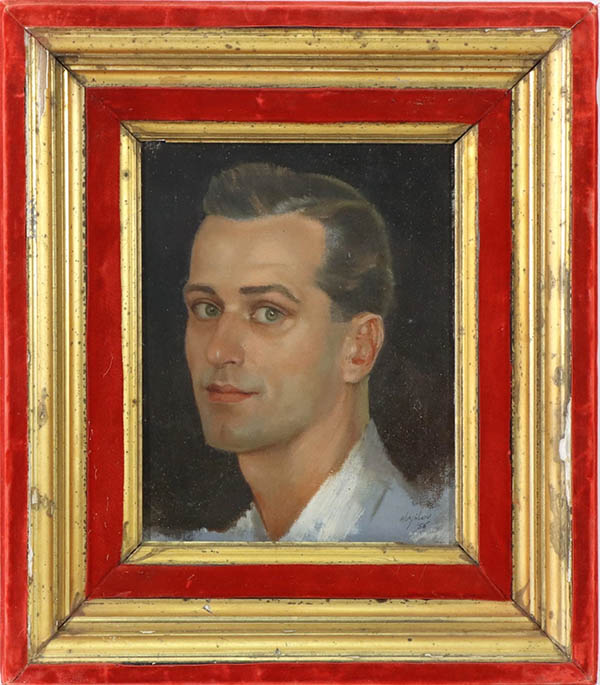Constantin Alajálov (November 18, 1900 - October 23, 1987) was an Armenian-American illustrator and painter. Born in Rostov-on-Don, Russia, Alajálov was sixteen and a student at the University of Petrograd when the Red Revolution began. Unable to stay in Petrograd, he was drafted into a government organized group of artists that traveled the country painting propaganda murals and posters for the revolution. In 1920 he escaped to Rasht, Persia, and found employment working for a khan. This respite didn't last long, as the khan for whom he was working was assassinated by his successor, forcing Alajálov to again seek refuge abroad, this time in Constantinople. He spent two years in Constantinople, living in abject poverty, before finally saving the necessary $100 to emigrate to the United States. Upon his arrival in New York, he unexpectedly ran into an old friend, who was Isadora Duncan's secretary. Alajálov used this contact to network within the Russian community in New York. These contacts soon led to his first job as an artist in the city: painting the interior of Russian countess Anna Zarenkau's popular nightclub the Bi-Ba-Bo Club. His submission for a cover of The New Yorker was accepted three years later and appeared on the September 25, 1926 issue. He soon signed an exclusive contract with The New Yorker, and also taught at the Phoenix Art Institute and Alexandre Archipenko's Ecole d'Art. Alajálov soon made a fantastic reputation for himself in the commercial illustration industry, creating work for Fortune, Life, Vanity Fair, The Saturday Evening Post, and many other publications. Over the course of his career he created more than seventy covers for >The New Yorker. His work was so incredible that he managed to overcome the traditional exclusivity rivalry between The New Yorker and The Saturday Evening Post


